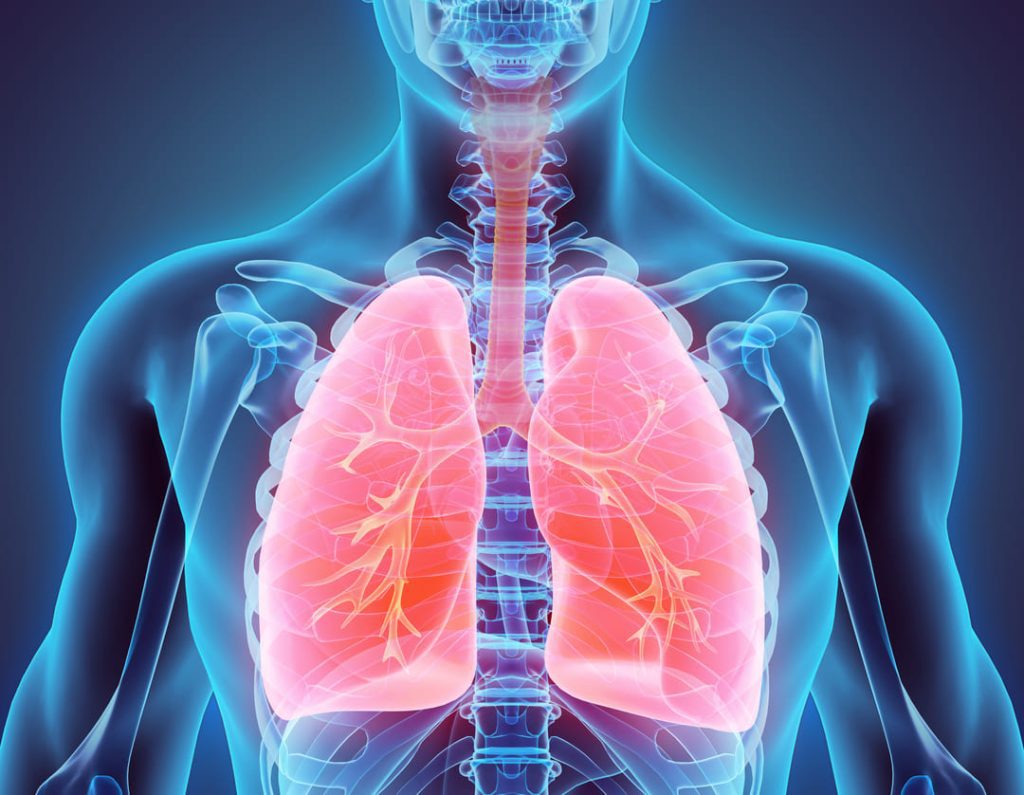Looking for Expert-Level VA Claim Answers?📱Call Us Now! 737-295-2226
Breathing difficulty, medically known as dyspnea, can significantly impact daily life.
For veterans experiencing this challenging condition due to service-related issues, understanding how to qualify for a dyspnea VA rating is crucial.
In the post, we’ll reveal how to win a dyspnea VA rating. We’ll take a closer look at how the VA rates dyspnea, how to get service connected for respiratory conditions, and more.
- What is Dyspnea?
- How the VA Rates Dyspnea
- VA Disability Ratings for Dyspnea Disabilities
- Dyspnea VA Rating Chart
- How to Service Connect Respiratory Conditions
- C&P Exams Related to Dyspnea Conditions
- TDIU and Respiratory Conditions
- Appealing Your VA Disability Rating for Dyspnea
- Conclusion
- NEED MORE ASSISTANCE?

What is Dyspnea?
Dyspnea also referred to as shortness of breath or breathlessness, involves difficulty or discomfort in breathing.
Dyspnea can occur due to various medical conditions affecting:
- The respiratory system,
- The cardiovascular system, or
- Other underlying health issues
How the VA Rates Dyspnea
The VA often uses the diagnostic code 6602 (DC 6602) to help determine whether or not you qualify for dyspnea VA disability.
The VA utilizes specific criteria to assess the severity of your dyspnea, assigning a VA disability rating for dyspnea that correlates with the severity of your condition.
Your VA rating for dyspnea is determined based on how it hinders your ability to carry out daily activities and your need for assistance or medical care.

VA Disability Ratings for Dyspnea Disabilities
VA ratings for respiratory conditions are 0%, 10%, 30%, 60%, or 100%, based on how well you can exhale, measured by the Forced Expiratory Volume FEV1/FVC ratio.
VA compensation levels for respiratory conditions vary depending on how much your condition affects your breathing.
A VA disability rating for dyspnea is based on specific respiratory function measurements and treatment requirements.
Dyspnea VA Rating Chart

Note: In the absence of clinical findings of asthma at the time of your examination, a verified history of asthmatic attacks must be on record.

You DESERVE a HIGHER VA rating.
Take advantage of a VA Claim Discovery Call with an experienced Team Member. Learn what you’ve been missing so you can FINALLY get the disability rating and compensation you’ve earned for your service.
How to Service Connect Respiratory Conditions
Establishing service connection for your respiratory condition is necessary to receive VA disability benefits. Typically, VA service connection involves three key elements:
- A Current Medical Diagnosis: Veterans need a current diagnosis of a respiratory condition to initiate a claim for service connection.
- An In-Service Event or Occurrence: Alongside the diagnosis, there must be an event or exposure during military service that caused or contributed to the respiratory problem. This could involve exposure to elements like burn pits.
- A Medical Nexus: Linking the respiratory condition to military service requires a medical nexus, often supported by medical evidence.
Note: VA regulations may also provide presumptions for certain conditions linked to in-service exposures. These presumptions can serve as evidence supporting the connection between service and the respiratory condition. (See also: What are VA Presumptive Conditions?)

C&P Exams Related to Dyspnea Conditions
After you file a VA claim for your respiratory condition, the VA might request a Compensation and Pension exam (C&P exam). This request can come through a call or a letter from the VA.
PRO TIP: It’s important to go to your C&P exam, as missing it could lead to claim denial.
The C&P exam is generally conducted by a VA or VA-contracted physician. Prior to the exam, the examiner will review your C-file, containing all previously submitted documentation, medical records, and military service history.
Nexus Letter and DBQ
A Nexus Letter from a qualified medical professional can provide additional support for your VA claim by helping you to prove service connection for your condition.
You can also utilize a Disability Benefits Questionnaire (DBQ), a form designed by the VA, to help bolster your VA claim.
A DBQ allows you to outline critical details about your condition, including symptoms, severity, possible causes, and connections to other disabilities. You can request your private doctor to complete a DBQ, leveraging your doctor’s expertise in treating the specific details of the respiratory condition.
These additional inputs can be instrumental in winning a VA disability rating for dyspnea-related conditions.
TDIU and Respiratory Conditions
TDIU (Total Disability based on Individual Unemployability) offers vital monthly VA benefits to veterans unable to maintain substantially gainful employment due to respiratory conditions, compensating them at the 100 percent rating level, regardless of their VA disability rating.
Eligibility pathways for TDIU generally follow two routes:
- Schedular TDIU (38 CFR § 4.16a): Veterans need either one condition rated at 60 percent or two combined conditions reaching 70 percent, with one condition at a minimum of 40 percent.
- Extraschedular TDIU (38 CFR § 4.16b): Designed for veterans who can’t meet schedular TDIU criteria but are still unable to secure gainful employment due to their conditions. To qualify, veterans must demonstrate that their condition uniquely obstructs their ability to work, their earned annual income does not exceed the amount established by the US Department of Commerce, Bureau of the Census, as the poverty threshold for one person, and thus shouldn’t be assessed solely based on standard disability rating criteria.
For veterans with multiple conditions, a combined rating might render them eligible for TDIU. Veterans with a rating for their respiratory condition might qualify for compensation at the 100 percent rating level through TDIU.
Appealing Your VA Disability Rating for Dyspnea
In situations where the assigned VA disability rating for dyspnea does not align with the veteran’s condition, appeals can be pursued.
Providing additional medical evidence or seeking a reevaluation can potentially result in a higher VA disability rating and increased benefits.
Conclusion
Dyspnea VA Ratings are based on how the VA rates breathing conditions. The VA rates respiratory conditions at 0%, 10%, 30%, 60%, or 100%, based on your ability to exhale. This is measured by the Forced Expiratory Volume FEV1/FVC ratio.
VA ratings for respiratory conditions, determined by factors like the FEV1/FVC ratio, directly correlate with the severity of breathing impairment.
Additionally, establishing service connection, undergoing Compensation and Pension exams, exploring TDIU eligibility, and pursuing appeals if needed are crucial steps in ensuring you receive the desired dyspnea VA disability benefits and compensation for your service-related struggles with dyspnea.
Understanding the VA assessment criteria and compensation available can help you secure ALL of the VA benefits and compensation you deserve.

NEED MORE ASSISTANCE?
Most veterans are underrated for their disabilities and, therefore, not getting their due compensation. At VA Claims Insider, we help you understand and take control of the claims process so you can get the rating and compensation you’re owed by law.
Our process takes the guesswork out of filing a VA disability claim and supports you every step of the way in building a fully developed claim (FDC)—so you can increase your rating FAST!
If you’ve filed your VA disability claim and have been denied or have received a low rating—or you’re unsure how to get started—reach out to us! Take advantage of a FREE VA Claim Discovery Call. Learn what you’ve been missing—so you can FINALLY get the disability rating and compensation YOU DESERVE!

Asaad Fakhir
A former US Army translator in Iraq (2006-2009) and an ex-commissioned Iraqi officer, Asaad graduated from the Royal Australian Military College (2010-2014). Asaad holds a Bachelor’s degree in English Arts and currently serves as a content writer at VACI, leveraging military experience with linguistic skills to create impactful content.




